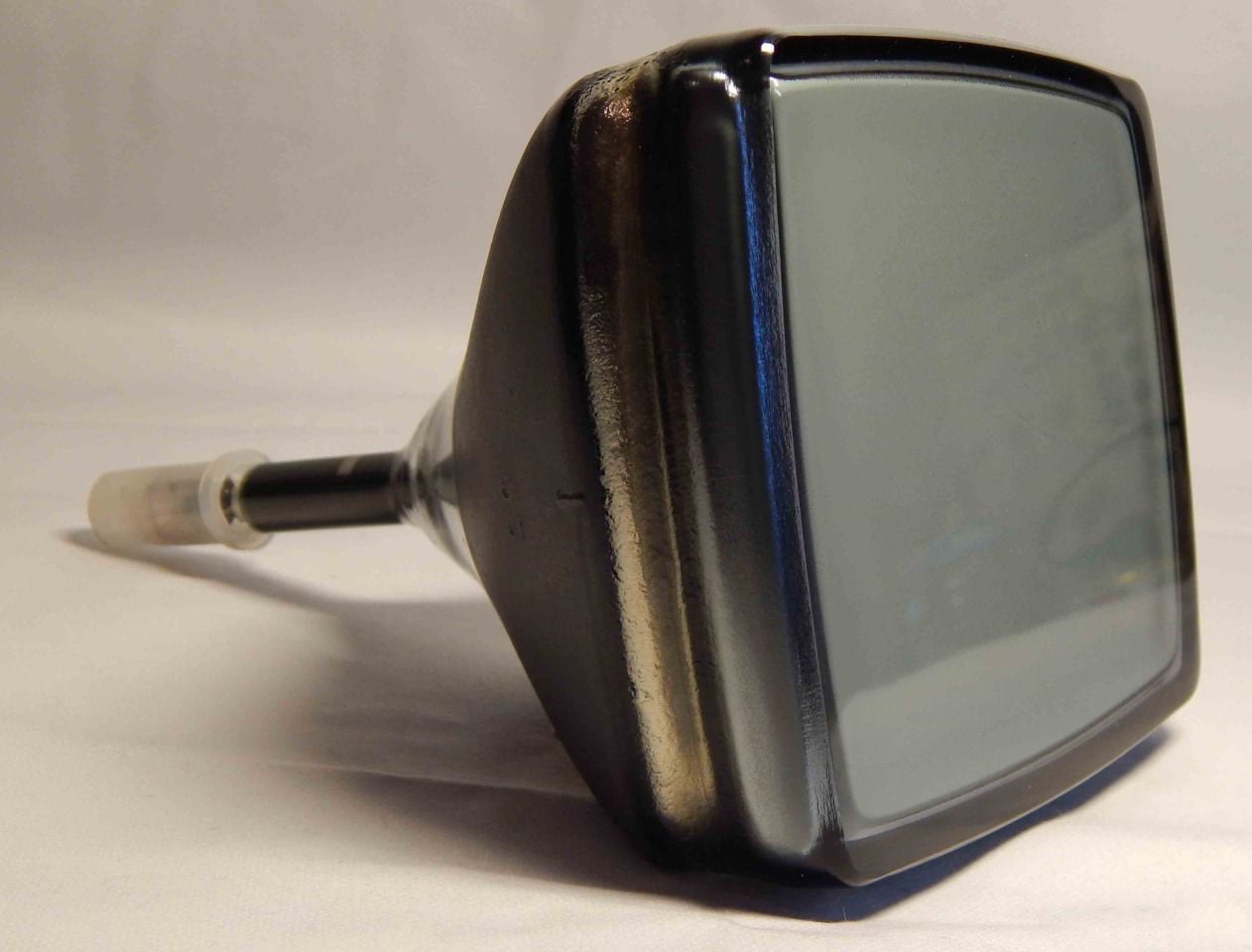 The durability of even the most modern electronic devices (EEW) is inferior to semiconductor counterparts. In most cases this is due to the emissivity of the cathode. The matter is further complicated by the fact that the diagnostic tool (commercially available instruments for measurement and control of emission current) is, unfortunately, very expensive, difficult to operate, as they contain a “naughty” anode and grid rectifiers, which are designed to create to check the lamp mode is close to the working. The received data are plotted, calculated certain characteristics, and by means of which required parameters.
The durability of even the most modern electronic devices (EEW) is inferior to semiconductor counterparts. In most cases this is due to the emissivity of the cathode. The matter is further complicated by the fact that the diagnostic tool (commercially available instruments for measurement and control of emission current) is, unfortunately, very expensive, difficult to operate, as they contain a “naughty” anode and grid rectifiers, which are designed to create to check the lamp mode is close to the working. The received data are plotted, calculated certain characteristics, and by means of which required parameters.
However, Amateur radio practice shows that reliable information on the condition of the cathodes can get much easier. To do this, sometimes enough to have at hand some kind of tester and power supply for the filament (heater) check the lamps.
With a supply voltage u n in the study of EVP electrons begin to rapidly leave the cathode. Part of them is deposited on the near — electrode modulator (CRT) or the control grid (the lamp). Thus at the cathode there is a positive potential and the grid or modulator — negative. Remains only to record the resulting potential difference tester, is included on the lowest limit of measurement of DC voltage.
Focusing, for example, on the readings of the tester C-20, it’s safe to say that if the pointer stops at least 0.12, then we have a great, and at 0.08 to 0.12 In a satisfactory cathode. The voltage in the range of 0.05 — 0.08 In evidence a significant decrease in thermionic emission and the need to replace the bulb (CRT), but 0.05 V and below — a direct indication that the studied EVP unhealthy.
Of course, the measurements by the tester other than the C-20, an input impedance readings may be slightly different from the named, but the tendency of them pronounced the “test gradation” is preserved. It remains only to apply these data in practice.
The method is acceptable and in assessing whether the filing of a molded (high, compared to the nameplate value) u n for “training” tubes. Especially if the PSU has a continuously adjustable voltage.

The use of a voltmeter (tester) to check electromotional ability of the cathode tube (a) and tubes (b)
Control efficiency heater on the glow of the filament or its “continuity can” electrical measuring instruments is very simple. It is only necessary not to be mistaken with the numbering of conclusions of the filament.
The numbering of these (and other) electrodes are useful, I think, to check on your passport from the manufacturer.
In conclusion, the Council: don’t neglect elementary examination of EVP. If you see silvering in the top part of the penlight bulb turned white and crumbled, so the lamp has suffered mechanical damage and have got inside it air. From the generator and ostalnyh lamps and vacuum indicators that are widely used today in electronic clocks and musical instrument, the silvering of getpagetitle is bottom-side. Depressurize EEW, of course, unfit for further use.
Many finger lamps metal electrodes are anodes on the sides of the slots and openings. If the inner surface of the glass container in front of them, much darkened, so the lamp already has a significant operating time. Most likely, the issue of such EEW not on the proper level.
A. LISOV, Ivanovo



